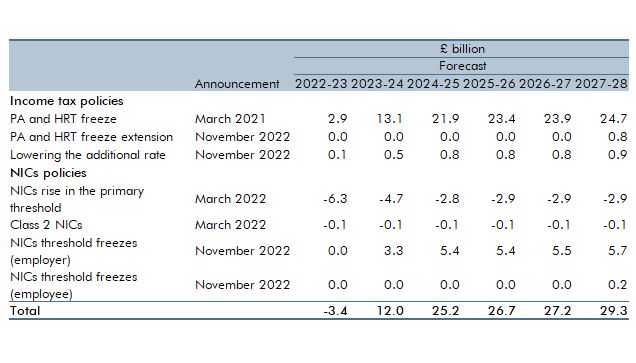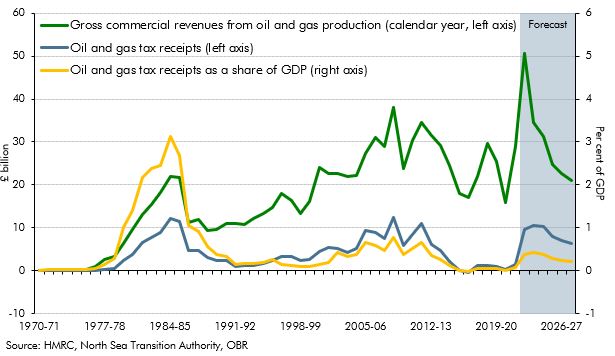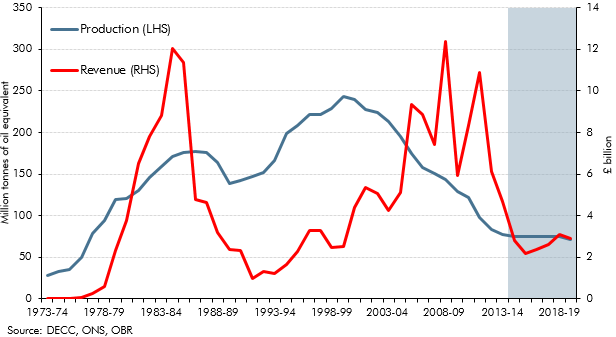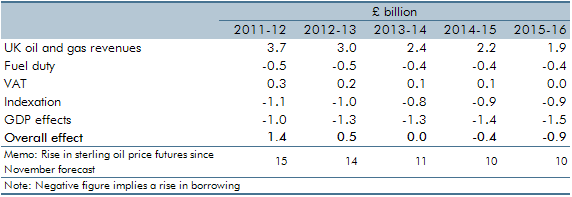Box sets » Receipts » Oil and gas revenues
Fiscal categories: Receipts, Fuel duty, Income tax, Oil and gas revenues
Cross-cutting categories: Fiscal drag and price uprating
Fiscal categories: Oil and gas revenues
Economy categories: Nominal GDP, Oil prices
Fiscal categories: Receipts, Oil and gas revenues
Economy categories: GDP by expenditure, Inflation, Residential investment, Housing market, GDP by income, Household disposable income, Property transactions, Household consumption
Fiscal categories: Public spending, Departmental spending, Receipts, Oil and gas revenues
Cross-cutting categories: Pensions, Financial sector
Fiscal categories: Receipts, Oil and gas revenues
Fiscal categories: Whole of Government Accounts and National accounts, Public service pension payments, Oil and gas revenues, Receipts, Public spending
Cross-cutting categories: Pensions
Economy categories: Oil prices
Fiscal categories: Receipts, Fuel duty, Oil and gas revenues




